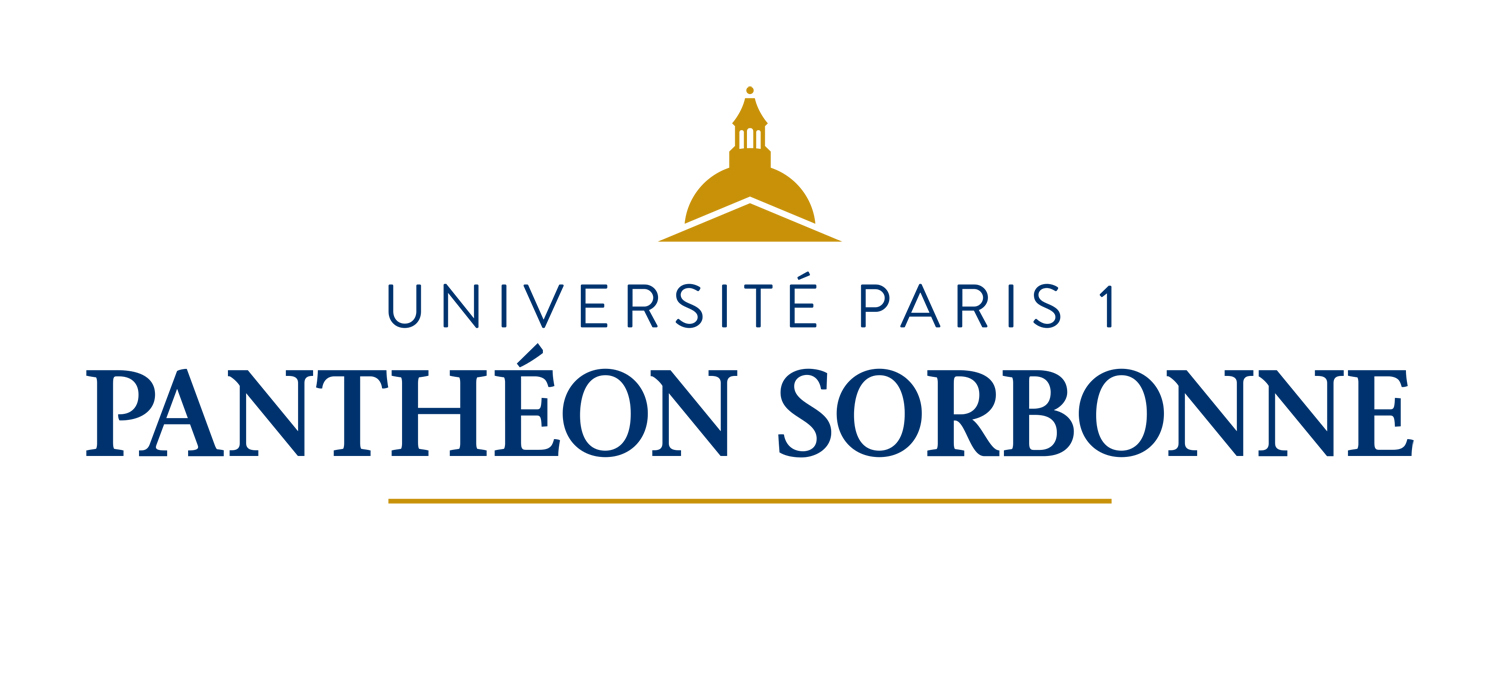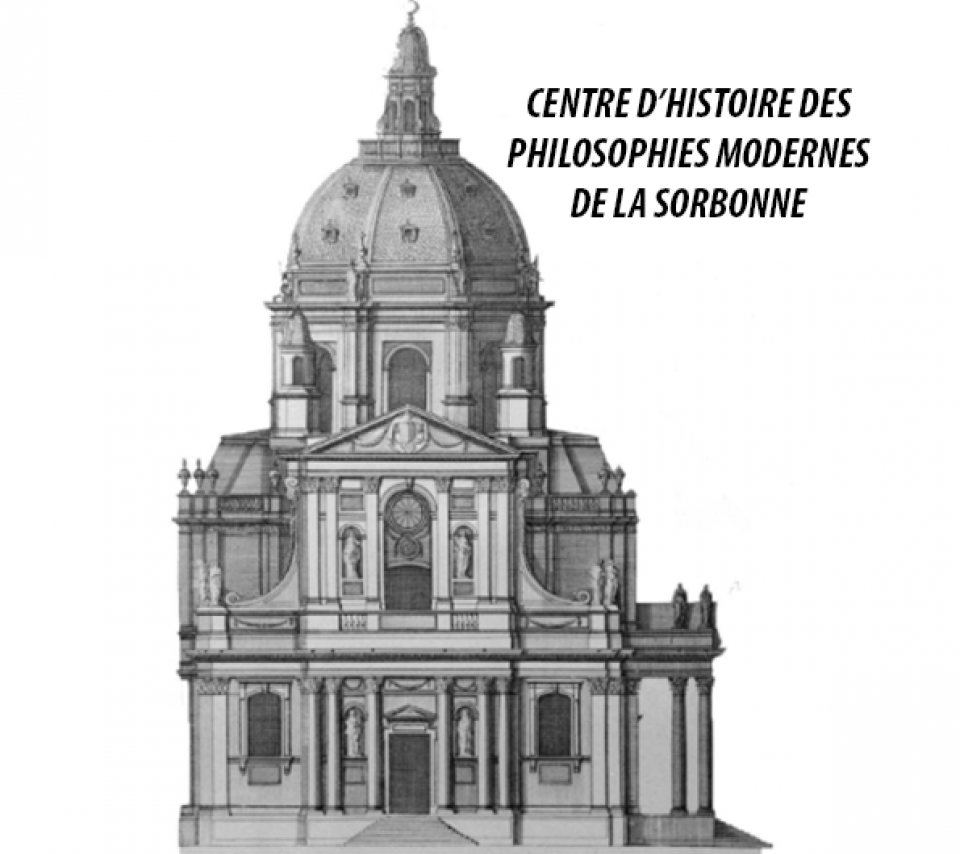Analytic philosophy and the historicity of art : the case of the type and token categories in the ontology of artworks
La philosophie analytique et l'historicité de l'art : le cas des catégories type et token dans l'ontologie des oeuvres d'art
Filosofia analitica e storicità dell'arte : il caso delle categorie type e token nell’ontologia delle opere d’arte.
Résumé
This dissertation sets out to study how the concept of historicity has informed the debate about the ontology of artworks that has developed within analytic philosophy since the 1950’s. In particular, the assumption -hegemonic until the early 2000’s- that all or a broard class of artifacts are identified by abstract types embodied in concrete occurrences is examined. First, an analysis is made of how this hypothesis is borrowed from Peirces's semiotics to become, thanks to the contributions of Richard Wollheim and Joseph Margolis, a genuine ontological theory. Second, it is taken into account the critism levelled at the theory by Guy Rohrbaugh, according to whom thinking of artworks in the terms of type and token would prevent from grasping their essential historical flexibility. Thirdly and finally, it is demonstrated the, at least, partial groundlessness of Rohrbaugh’s refutation by pointing out how Margolis and Wollheim think of the type and token categories against the background of wittgenstein’s concept of lebensform and thus place the issue of historicity at the core of their respective thinking. The parable thus described is intended to show how the analytic ontology of artifacts was originally animated by the concern for historicity, but that this thrust has been somewhat lost due to the prevalence of an increasingly platonizing interpretation of the relation between type and token.
La présente thèse vise à étudier la manière dont le concept d'historicité a informé le débat sur l'ontologie des œuvres d'art qui s'est développé au sein de la philosophie analytique depuis les années 1950. En particulier, l'hypothèse - hégémonique jusqu'au début des années 2000 - selon laquelle tous les artefacts ou une large classe d'artefacts sont identifiés par des types abstraits matérialisés par des occurrences concrètes est examinée. Tout d'abord, la manière dont l'hypothèse est empruntée à la sémiotique de Peirce pour devenir, grâce aux contributions de Wollheim et Margolis, une théorie ontologique à part entière est analysée. En second lieu, la critique adressée à la théorie par Guy Rohrbaugh (2003) est exposée. Selon le philosophe penser les œuvres d'art en termes de types et de token empêcherait de saisir leur essentielle flexibilité historique. Troisièmement, enfin, on démontre l'absence de fondement, au moins partiel, de la réfutation de Rohrbaugh en montrant comment Margolis et Wollheim pensent les catégories type et token sur le fond de la notion wittgensteinienne de forme de vie et placent ainsi le thème de l'historicité au centre de leurs réflexions respectives. La parabole ainsi décrite vise à montrer comment l'ontologie analytique des artefacts était à l'origine animée par la pensée de l'historicité, mais que cette impulsion s'est quelque peu perdue en raison de la prévalence d'une interprétation de plus en plus platonicienne de la relation entre type et token.
La tesi si propone di studiare il modo in cui il concetto di storicità ha informato il dibattito circa l'ontologia delle opere d'arte sviluppatosi in seno alla filosofia analitica a partire dagli anni '50 del XX secolo. In particolare viene presa in esame l'ipotesi –egemonica fino ai primi anni del 2000– che tutti o un'ampia classe di artefatti siano identificati da type astratti materializzati da occorrenze concrete. In primo luogo, viene analizzato il modo in cui l'ipotesi viene mutuata dalla semiotica di Peirce per diventare, grazie ai contributi di Wollheim e Margolis, una teoria ontologica vera e propria. In secondo luogo, viene esposta la critica che alla teoria viene mossa da Guy Rohrbaugh, secondo il quale pensare le opere d'arte nei termini di type e token impedirebbe di coglierne l'essenziale flessibilità storica. In terzo luogo, infine, viene dimostrata l'almeno parziale infondatezza della confutazione di Rohrbaugh sottolinenando come Margolis e Wollheim pensino le categorie type e token sullo sfondo del concetto wittgensteiniano di forma di vita e pongano dunque il tema della storicità al centro delle loro rispettive riflessioni. La parabola così descritta ha lo scopo di mostrare come l'ontologia analitica degli artefatti sia stata originariamente animata dal pensiero della storicità, ma che tale spinta sia stata in certo modo perduta per il prevalere di un'interpretazione sempre più platonizzante della relazione tra type e token.
Domaines
Philosophie
Origine : Version validée par le jury (STAR)

